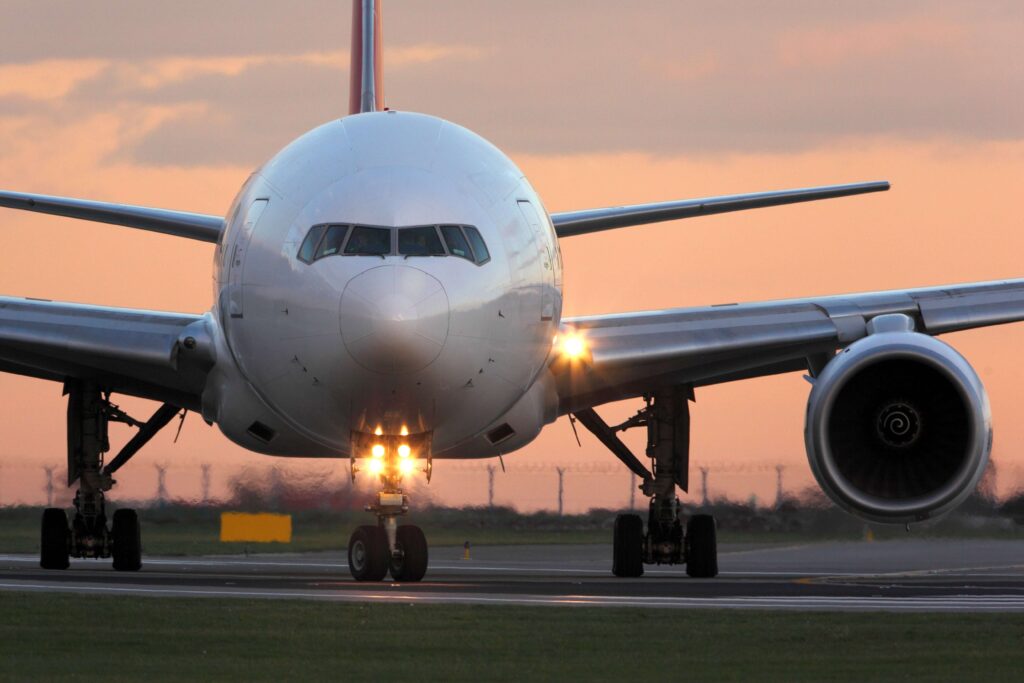The International Air Transport Association (IATA) released airline industry statistics for 2020, one of the most difficult years for the air transport sector. Let’s take a look at how the industry survived the crisis.
2020: the industry’s worst financial year
At the heights of the COVID-19 pandemic, when flying operations became almost only devoted to cargo and the skies fell quiet, the airline industry started to count its financial losses. The industry’s net losses totaled $126.4 billion, as per IATA data.
Such losses came largely due to the collapse of international passenger traffic. “The decline in air passengers transported in 2020 was the largest recorded since global RPKs started being tracked around 1950,” IATA noted.
International passenger demand (RPKs) plunged by 75.6% in 2020, compared to 2019. Domestic travel demand, on the other hand, suffered less than international air travel. However, it also dropped by 48.8% in 2020, compared to the pre-pandemic year.
“2020 was a year that we’d all like to forget. At the depth of the crisis in April 2020, 66% of the world’s commercial air transport fleet was grounded as governments closed borders or imposed strict quarantines,” said Willie Walsh, IATA’s Director General. “But it was the rapid actions by airlines and the commitment of our people that saw the airline industry through the most difficult year in its history.”
China – the largest domestic aviation market in 2020
In 2020, China reached the status of largest domestic market for the first time.
The reason behind it laid in their efforts to control the COVID-19 pandemic. Following a stringent control of the pandemic, the domestic air travel demand rebounded faster in China than in other regions.
To minimize the risks of spreading the COVID-19 virus, China imposed tight travel restrictions for inbound travelers arriving in the country. For example, in February 2021, rules were imposed on passengers departing from high risk countries, requiring them to undergo a 14-day quarantine before travelling to China.
Adding to that, China’s Guangzhou Baiyun International Airport (CAN) served as the busiest airport in the world. On January 25, 2021, Guangzhou airport announced it had carried 43.8 million passengers in 2020.
Hit by the pandemic, the air travel industry reconfigured the list of the world’s busiest airports. After 22 consecutive years, Hartsfield–Jackson Atlanta International Airport (ATL) lost its title as Guangzhou Baiyun International Airport (CAN) mounted to the top of the list and crowned itself the busiest airport in the world.
Asia-Pacific region carried the highest number of passengers
Asia-Pacific keeps leading in regional rankings, as per IATA’s calculations on “total passengers carried on scheduled services by airlines registered in that region” in 2020. Asia-Pacific airlines carried 780.7 million passengers, a decrease of 53.4% compared to the region’s passengers in 2019.
The second place was retained by North America with 401.7 million passengers carried in 2020, a decrease of 60.8% compared to pre-pandemic levels. Europe, on the other hand, carried 389.9 million passengers in 2020, slightly less than North America.
The last three regions carried the least number of passengers – namely Latin America, Africa, and the Middle East. Latin America carried a total of 123.6 million passengers, a decrease of 60.6% compared to 2019. Africa carried a total of 34.3 million passengers, down 65.7% from 2019, while the Middle East airlines carried only 8 million passengers, a plunge of 67.6% compared to 2019.

